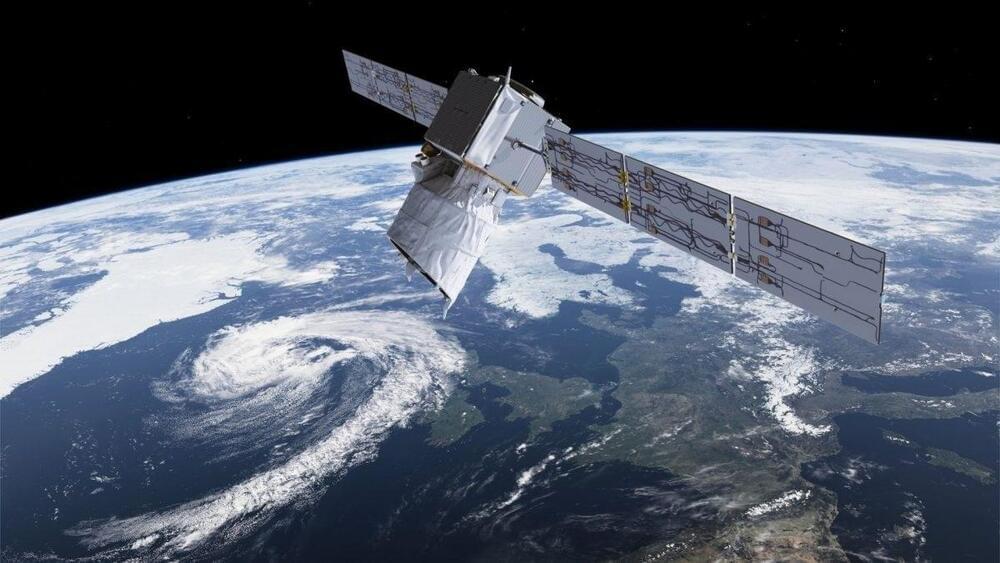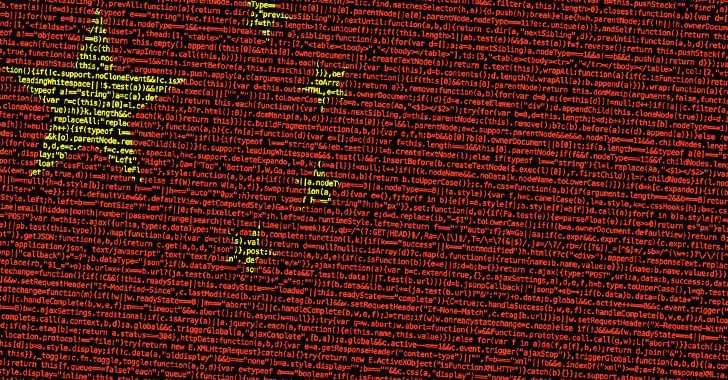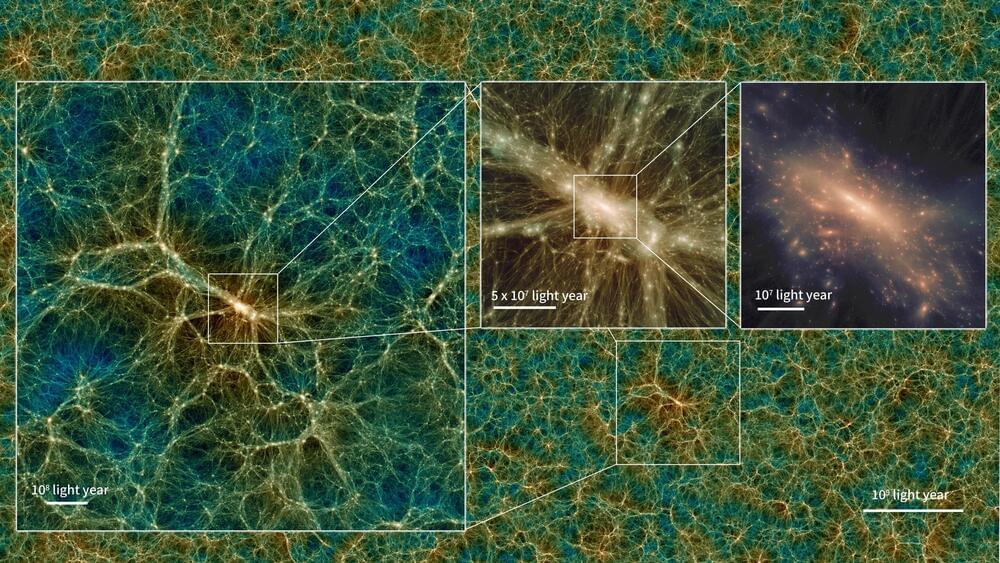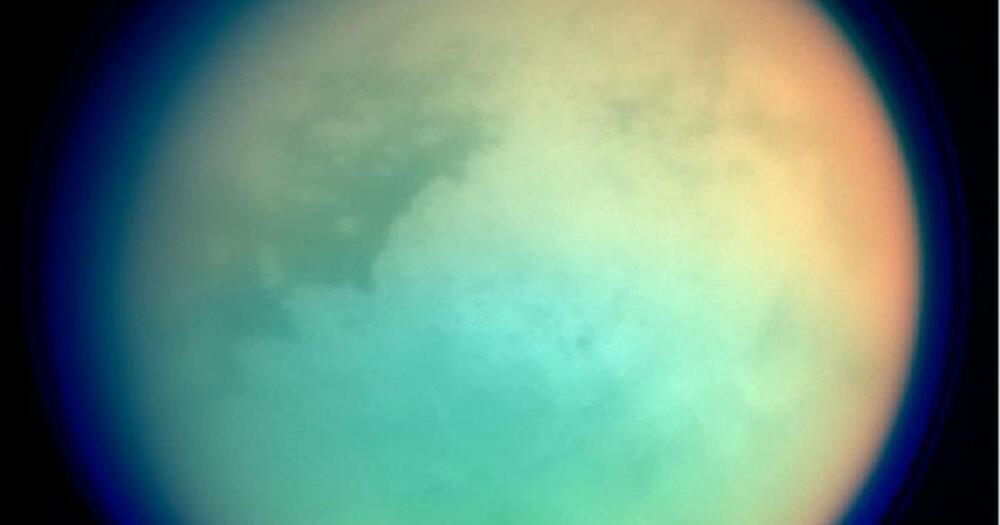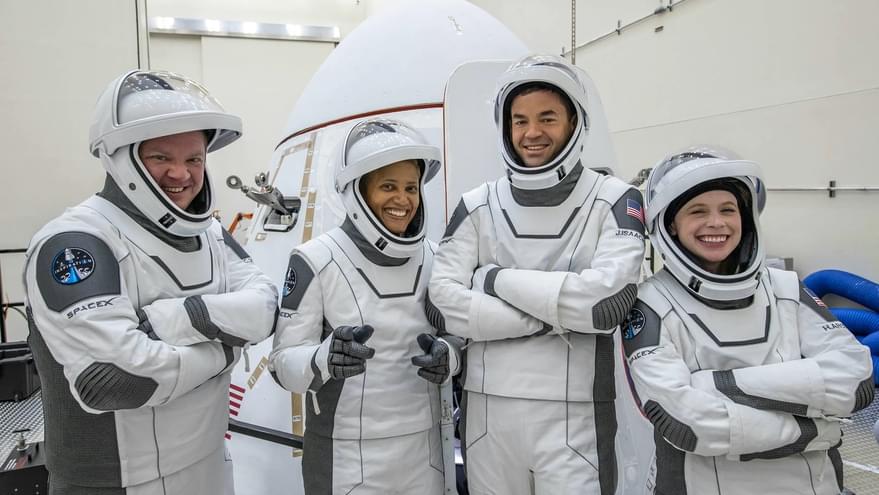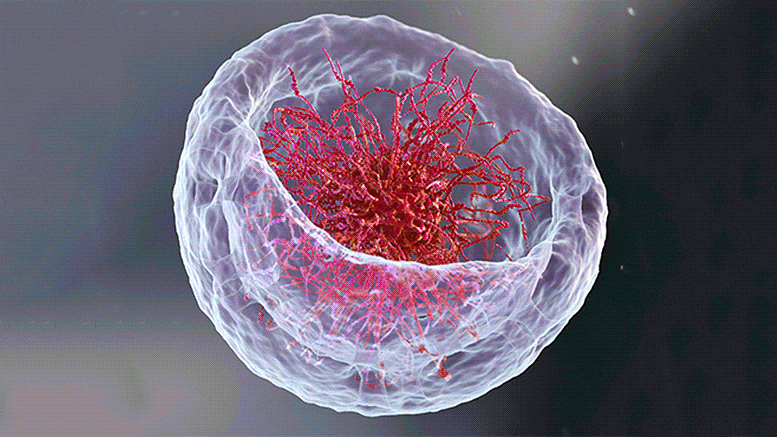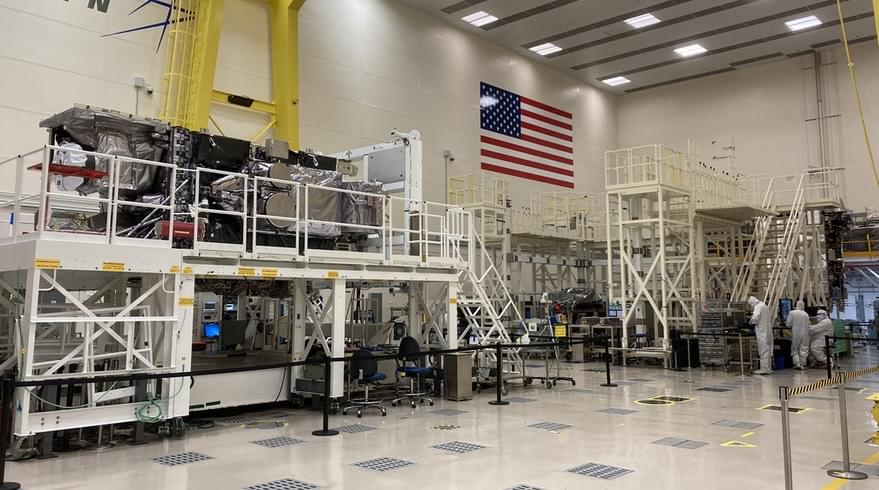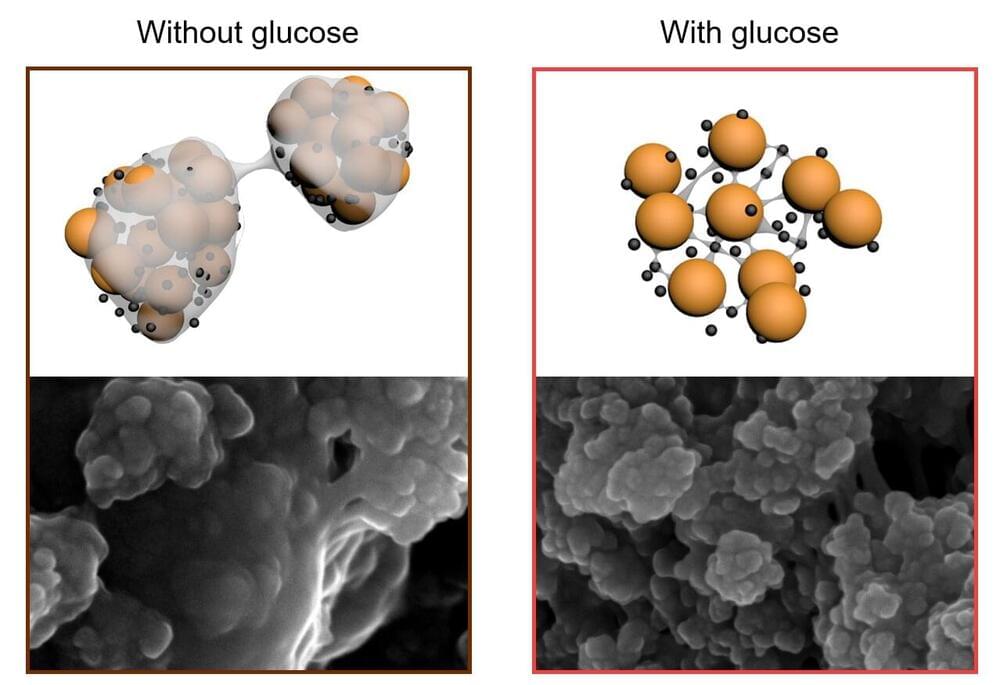The UK Space Agency tweeted: “We are monitoring its re-entry together with @DefenceHQ, and there is no expectation the re-entry will cause any damage. Due to the varying input data, natural forces and associated observation error, there are always high levels of uncertainty when performing re-entry predictions on any satellite”.
“Today, a Starlink-1855 satellite re-entered the Earth’s atmosphere. There is a chance it will re-enter over the UK, and you might be able to spot the satellite as it burns up. Starlink has a fantastic track record or orchestrating safe and reliable re-entries. We do not expect the return of the satellite to cause any damage. Still the UK Space Agency and the Ministry of Defence continually monitor and assess the re-entries of satellite and debris and any risk to British territories through our joined Space Surveillance and Tracking capabilities”.
